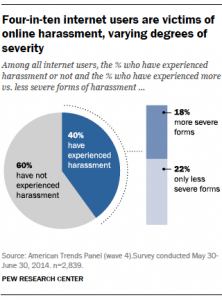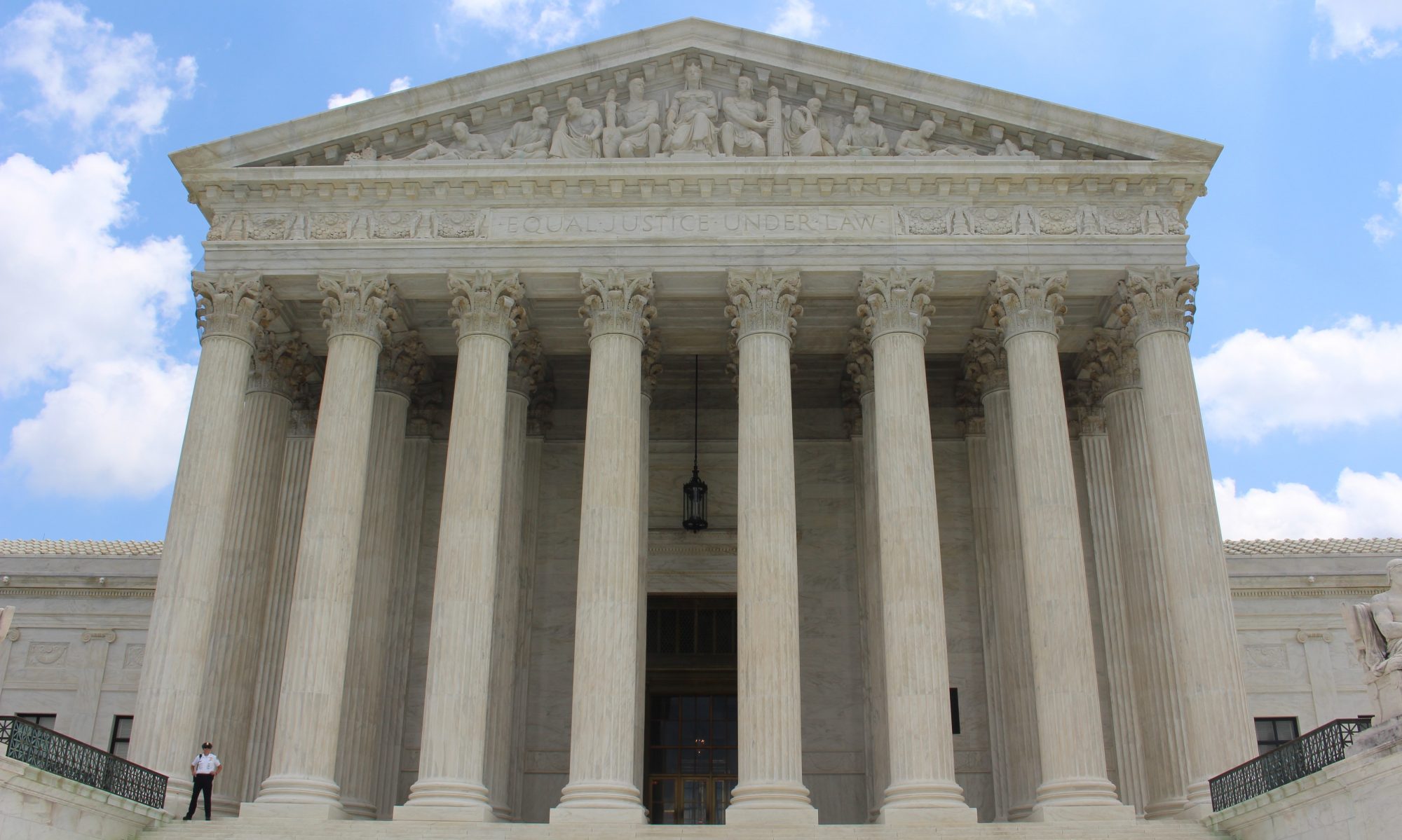David C. Yamada, The Employment Law Rights of Student Interns
David C. Yamada, The Employment Law Rights of Student Interns, 35 Conn. L. Rev. 215 (2002).
“Large and growing numbers of post-secondary students are working in internships for little or no pay, often while giving up the legal rights of most employees. This article examines the employment law rights of student interns, especially with regard to minimum wage standards and discrimination law.”
Doe v. Mercy Catholic Medical Center, 850 F.3d 545 (3d Cir. 2017)
Doe v. Mercy Catholic Medical Center, 850 F.3d 545 (3d Cir. 2017).
In this 3rd Circuit decision, the court concludes that an employee may litigate a Title IX discrimination claim independent of or concurrent with a Title VII claim.
O’Connor v. Davis, 126 F.3d 112 (2d Cir. 1997)
O’Connor v. Davis, 126 F.3d 112 (2d Cir. 1997).
Plaintiff interning with Rockland hospital as a student a Maymount College could not succeed under Title VII claim nor a Title IX claim because she was not considered an “employee” and because Rockland was not considered an “education institution.”
Legal Limbo of The Student Intern: The Responsibility of Colleges and Universities to Protect Student Interns Against Sexual Harassment
“Professors Cynthia Grant Bowman and MaryBeth Lipp explore how some student interns may fall through the gaps between Title VII and Title IX. They demonstrate that under current law, no one may be held liable for the sexual harassment of unpaid student interns. They emphasize, however, that Title IX should address this problem.”
Pew Research Center: Online Harassment (2017)
Maeve Duggan, Pew Research Center: Online Harassment (2017)
This recent study shows that two-thirds of young adults ages 18-29 have been subject to some type of online sexual harassment, and this behavior disproportionately targets women, people of color, LGBTQ individuals, and those with disabilities
. 
Nan Stein, Sexual Harassment Left Behind: What the Bullying Framework Is Doing to Civil Rights Laws and Framework (Audiocast)
“In this presentation, Senior Research Scientist Nan Stein, Ed.D., will discuss three main points related to the use of the label “bullying” in schools: the term “bullying” is imprecise and vague, and used as a default, a crutch, and a place holder; there is no agreement on the definition of “bullying,” and neither state laws nor researchers can agree on a common definition; and claims of effectiveness of classroom interventions/curriculum on bullying reduction are often inflated, exaggerated, and self-serving, and should be met with skepticism.”
Deborah L. Brake, School Liability for Peer Harassment After Davis: Shifting From Intent to Causation in Discrimination Law
“This essay seeks to explain the Davis v. Monroe County Board of Education case as an interpretation of discrimination that notably and correctly focuses on how institutions cause sex-based harm, rather than on whether officials within chose institutions act with a discriminatory intent. In the process, I discuss what appears to be the implicit theory of discrimination underlying the Davis decision: that schools cause the discrimination by exacerbating the harm that results from sexual harassment by students. I then explore the significance of the deliberate indifference requirement in this context, concluding that the standard, for all its flaws, is distinct from and superior to a search for discriminatory intent. The final section offers a brief analysis of what Davis could mean for discrimination law more broadly if courts seriously applied the insights embedded in the Davis case.”
Assessing Institutional Responsibility for Sexual Harassment in Education\
Jennifer Ann Drobac, Sex and the Workplace: “Consenting” Adolescents and a Conflict of Laws
“According to the Equal Employment Opportunity Commission, sexual harassment of adolescents at work may constitute a serious, but to date largely undocumented, problem. Courts respond inconsistently to adolescent “consent” in sexual harassment employment cases. This Article reviews state criminal statutory rape law, federal civil law, and tort law to reveal the conflicting legal treatment of adolescent capacity to consent to sex. It highlights conflicts not only between the criminal and civil systems, but also between sister states’ laws and laws within states. For example, this Article finds that despite criminal sexual abuse laws, courts permitted employers to use adolescent “consent” as a defense to sexual harassment in approximately fifty percent of the surveyed common law tort cases across the nation. After exploring the public policy goals for these various laws, this Article concludes that these goals do not justify the blatant conflicts between tort and criminal laws. This Article recommends both administrative and statutory reform to protect minors from the predation of adult supervisors and employers. Particularly, it recommends a strict liability standard in an approach that makes an adolescent’s consent to sex with an adult at work voidable by the minor.”
